17 Secret Beach Towns In Spain That Are More Stunning Than Ibiza

Think Spain’s best beaches begin and end with Ibiza or Marbella? Think again. Scattered along the country’s sun-kissed shores are charming beach towns that somehow remain under the radar—places where the sangria is cheaper, the sunsets are quieter, and the vibe is refreshingly local.
I’ve wandered into sleepy fishing villages where time seems to slow down and stumbled across coves so clear you’d swear they were Caribbean. From the wild, wind-kissed coast of Galicia to tucked-away Mediterranean hideouts where paella simmers steps from the sea, Spain’s lesser-known beaches offer the best of both worlds: natural beauty and authenticity.
Looking for your own slice of Spanish paradise—without the crowds or cover charges? Let’s explore the coastal gems that locals whisper about but rarely share.
1. Cadaqués Coastal Charm
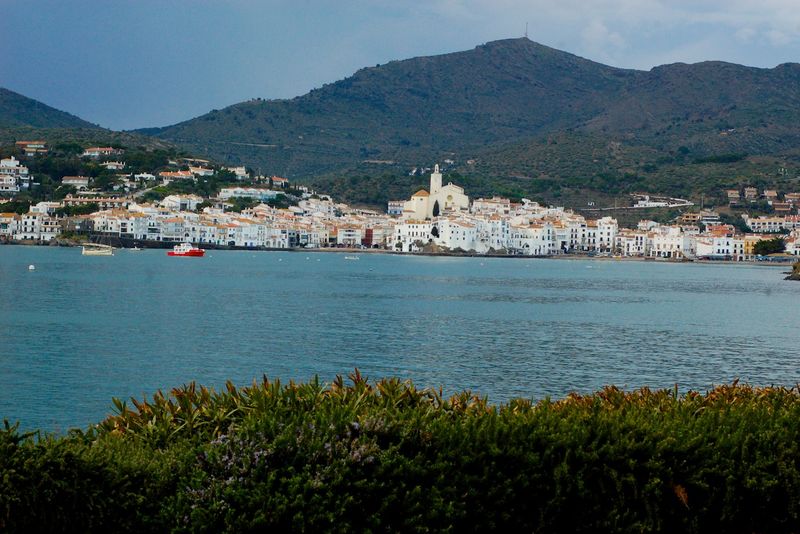
Tucked away in Catalonia’s Cap de Creus peninsula, Cadaqués feels like stepping into a dream. White-washed buildings cascade down to a horseshoe bay where fishing boats bob gently in turquoise waters.
Salvador Dalí fell in love with this village, establishing his home-studio nearby. The winding cobblestone streets reveal artisan shops, seaside cafés, and unexpected views around every corner.
Locals still maintain fishing traditions while welcoming visitors to their slice of paradise. The pebbly beaches might not offer soft sand, but the crystal-clear waters and dramatic rocky coastline more than compensate for this minor inconvenience.
2. Lekeitio Basque Beauty
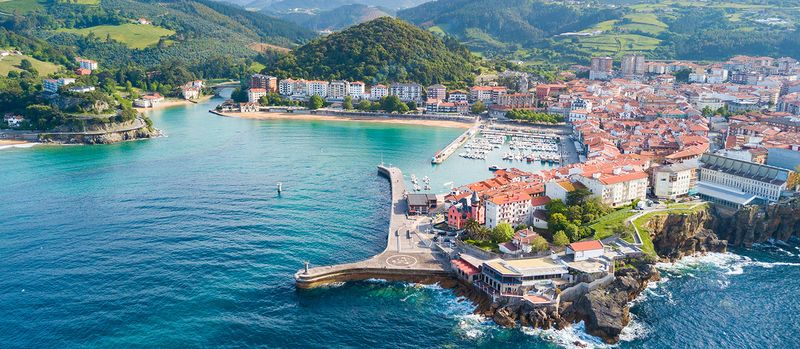
Hidden along Spain’s northern Basque coast, Lekeitio offers an enchanting mix of seafaring culture and natural splendor. The town wraps around a protected harbor with a stunning island you can walk to during low tide.
Fishermen’s cottages painted in vibrant colors line narrow streets that open suddenly to reveal the magnificent Gothic Basilica of the Asunción. The local cuisine showcases the Basque Country’s legendary culinary skills with fresh-caught seafood.
Surfers ride impressive waves while families enjoy the golden sand beaches. This working fishing port maintains its authentic character despite being one of Spain’s most beautiful coastal settlements.
3. Almuñécar Hidden Shores
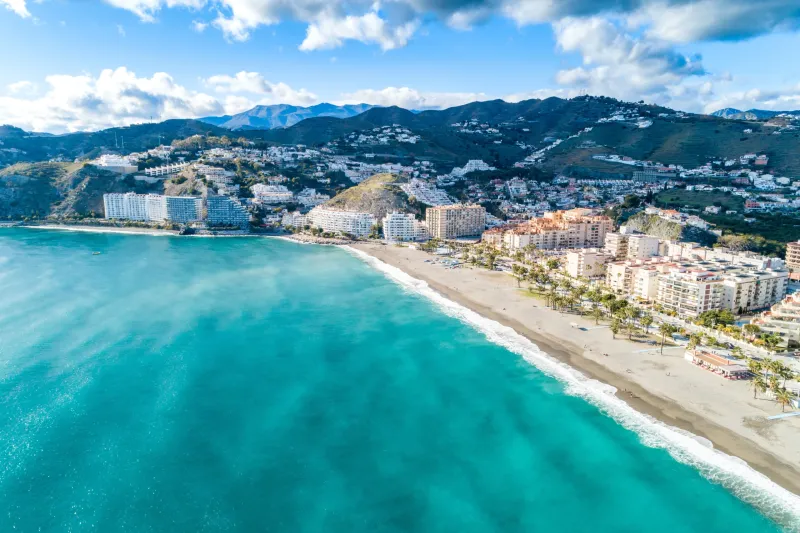
Where the Sierra Nevada mountains meet the Mediterranean Sea, Almuñécar captivates visitors with its perfect climate and rich history. Ancient Phoenician and Roman ruins dot this coastal gem, telling stories of civilizations drawn to these shores thousands of years ago.
The old town climbs steeply from the sea, creating a maze of narrow alleys filled with tapas bars and local shops. Seventeen beaches stretch along its coastline, from busy urban strips to secluded coves accessible only by foot.
Tropical fruit plantations surround the town, giving it a unique microclimate. The combination of mountain backdrop, crystalline waters, and subtropical vegetation creates a landscape unlike anywhere else in Spain.
4. Calella de Palafrugell
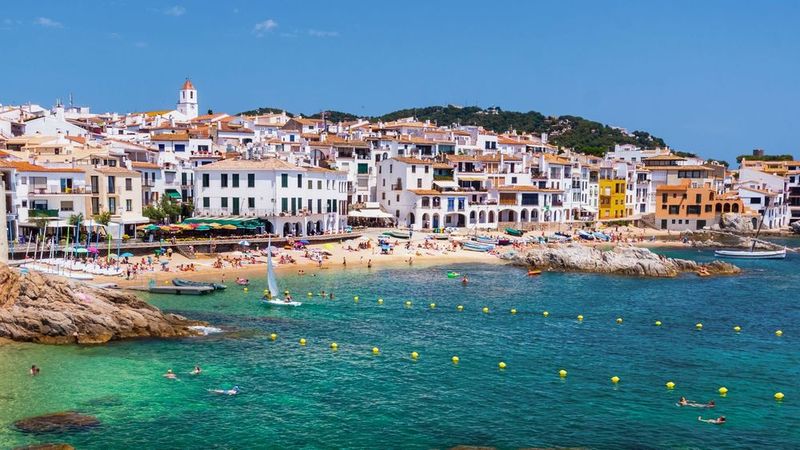
If time seems to stand still anywhere in Spain, it’s in Calella de Palafrugell. This former fishing village on the Costa Brava has resisted overdevelopment, preserving its whitewashed buildings with terracotta roofs that frame perfect sandy coves.
Wooden fishing boats rest on the shore beside beachfront restaurants where you can dine with your toes practically in the water. The coastal path winds through pine forests and along rocky outcrops, connecting a string of pristine beaches.
Summer evenings bring the habanera festival, when traditional sea shanties fill the air. Despite its undeniable beauty, Calella remains refreshingly authentic, with local families returning generation after generation to enjoy its timeless appeal.
5. Zahara de los Atunes
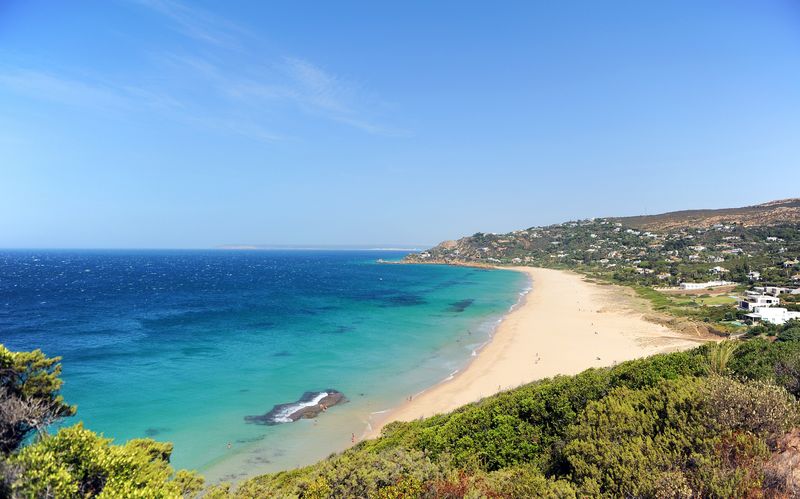
Wind-swept and wild, Zahara de los Atunes boasts one of Spain’s most spectacular beaches – a seemingly endless stretch of golden sand meeting the Atlantic. This unpretentious town was built around tuna fishing, with ancient almadraba techniques still practiced today.
The main street runs parallel to the beach, lined with seafood restaurants serving the day’s catch. During summer, beach bars appear along the shore, offering cold drinks and grilled fish as the sun sets over Africa visible across the Strait of Gibraltar.
Winter brings dramatic storms and empty beaches perfect for contemplative walks. The surrounding countryside features rolling hills covered with wildflowers in spring, creating a natural paradise far from Spain’s tourist hotspots.
6. Cudillero Colorful Cliffs
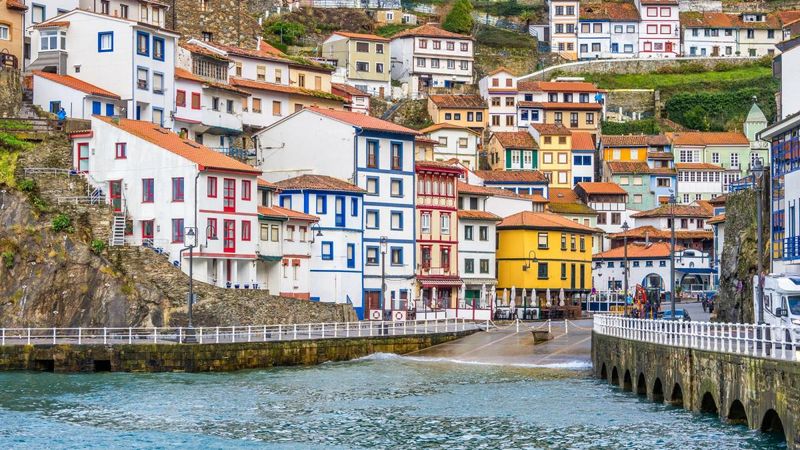
Cudillero looks like an artist spilled a paint box down a cliff face. This Asturian fishing village tumbles dramatically from steep hillsides to a tiny harbor, with houses painted in vivid colors stacked almost on top of each other.
Narrow pedestrian streets wind upward past flower-filled balconies and secret viewpoints. The harbor buzzes with activity when fishing boats return with their daily catch, which promptly appears on menus in the village’s excellent seafood restaurants.
Surrounded by green cliffs and the deep blue Cantabrian Sea, Cudillero feels like a living painting. Despite its undeniable charm, it remains largely undiscovered by international tourists, preserving its working village atmosphere and authentic northern Spanish culture.
7. Ribadesella Surf Calm
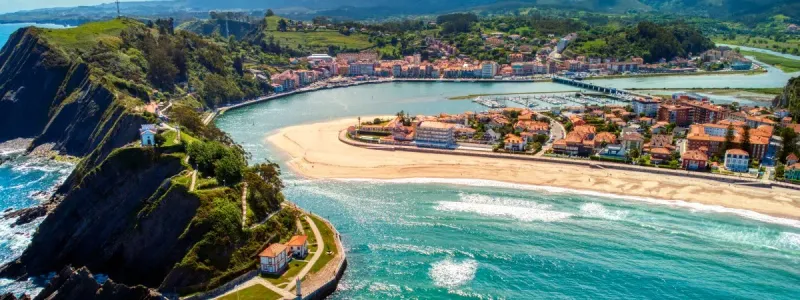
Where the Sella River meets the Cantabrian Sea, Ribadesella offers a perfect blend of beach town and riverside charm. The broad sandy beach attracts surfers riding Atlantic waves, while the historic quarter showcases elegant 19th-century architecture from when wealthy Indianos returned from the Americas.
Prehistoric cave paintings at nearby Tito Bustillo Cave reveal human presence dating back 35,000 years. The annual canoe descent of the Sella River brings thousands of participants for Spain’s largest canoe festival.
Mountains rise dramatically behind the town, creating a stunning backdrop visible from the beach. This geographic diversity allows visitors to swim in the sea in the morning and hike through lush mountain landscapes in the afternoon, all from the same charming base.
8. A Guarda Escape
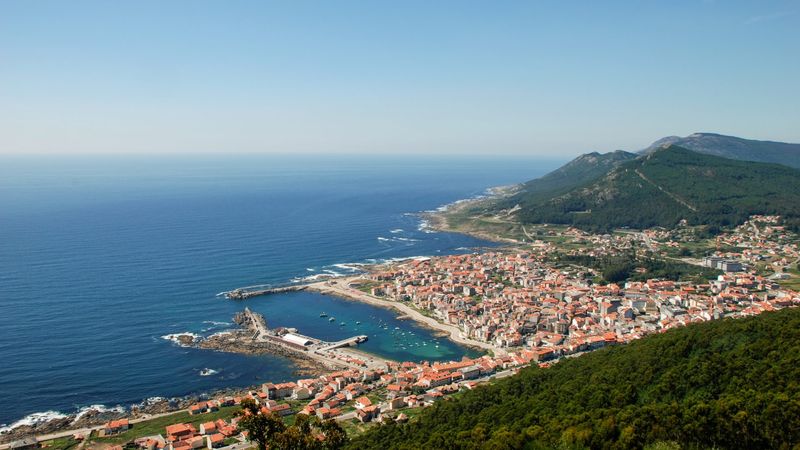
Perched where Spain meets Portugal at the mouth of the Miño River, A Guarda combines seafaring traditions with Celtic heritage. The harbor filled with colorful fishing boats supplies the town’s restaurants with some of Galicia’s finest seafood, especially the famous lobsters.
Above the town stands the ancient Castro de Santa Trega, a pre-Roman settlement with stunning panoramic views across two countries and the Atlantic Ocean. Stone houses with red-tiled roofs cluster around narrow streets that protect residents from the wild Atlantic winds.
Hiking trails lead along dramatic cliffs where seabirds nest. Despite its spectacular setting and rich cultural heritage, A Guarda remains wonderfully unspoiled, offering visitors an authentic slice of Galician life far from the tourist trail.
9. Nerja Caves Coast
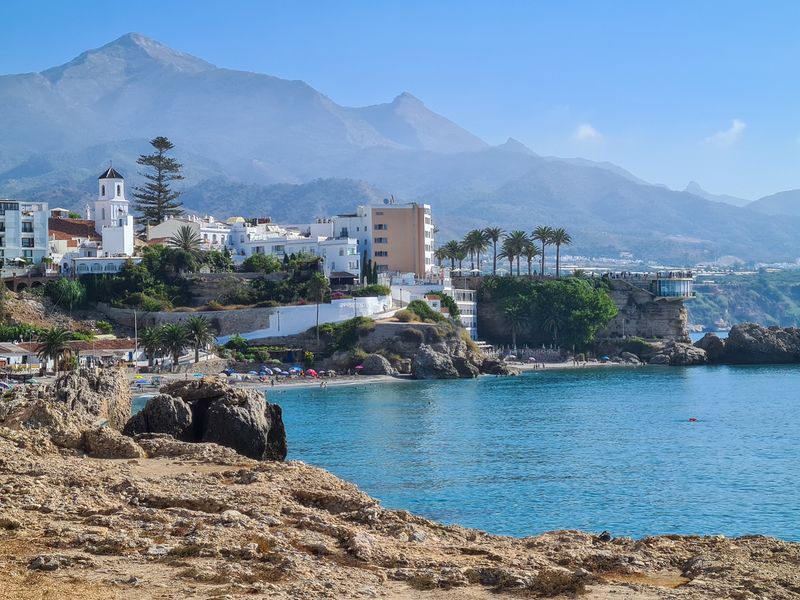
Nerja balances perfectly between tourist-friendly amenities and authentic Andalusian charm. The town’s crowning glory is the Balcón de Europa, a palm-lined promenade built on the site of an old fortress with sweeping Mediterranean views.
Hidden beneath the town lie the spectacular Nerja Caves, home to the world’s largest stalagmite and prehistoric paintings. The coastline features a series of small coves with crystal waters separated by rocky headlands, creating intimate beaches even in high season.
Whitewashed buildings with flower-filled balconies line narrow streets that suddenly open onto breathtaking sea vistas. Despite being discovered by tourism decades ago, Nerja has managed to preserve its special character while accommodating visitors seeking Spanish coastal beauty.
10. Isla Cristina Breeze
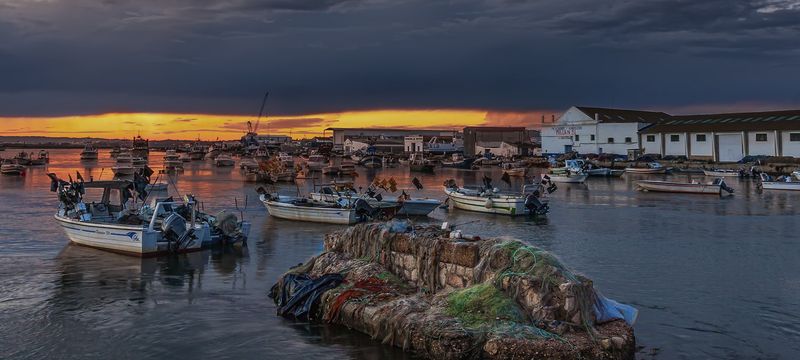
If you crave endless golden beaches without the crowds, Isla Cristina delivers spectacularly. This working fishing port near the Portuguese border centers around Spain’s second-largest fish auction, where the day’s catch creates a fascinating spectacle of maritime commerce.
Salt marshes surrounding the town form part of a protected natural park, attracting flamingos and countless bird species. The beaches stretch for miles, backed by natural dunes rather than high-rise hotels, with the warm waters of the Gulf of Cadiz perfect for swimming.
The town maintains its Spanish character even in summer, with families enjoying long seafood lunches in unpretentious restaurants. Evening paseos along the marina showcase Andalusian social life at its most authentic, far from international tourism circuits.
11. Peñíscola Old Town
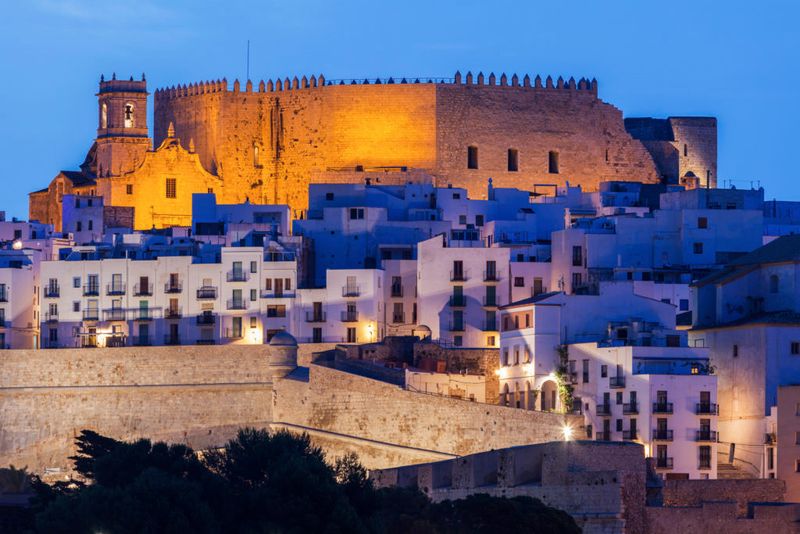
Rising dramatically from a narrow isthmus, Peñíscola’s walled old town crowned by a Templar castle creates one of Spain’s most striking coastal silhouettes. The massive fortress, once home to Pope Benedict XIII, dominates this rocky peninsula jutting into the Mediterranean.
Inside the walls, a maze of whitewashed streets climbs steeply upward, revealing hidden courtyards and glimpses of azure sea through ancient stone archways. Game of Thrones fans might recognize the town as the city of Meereen from the popular series.
Beyond the walls, a modern beach resort stretches along the coast with golden sands and shallow waters. This dual personality allows visitors to experience both medieval history and relaxed beach life in one captivating location.
12. Combarro Stone Waterfront
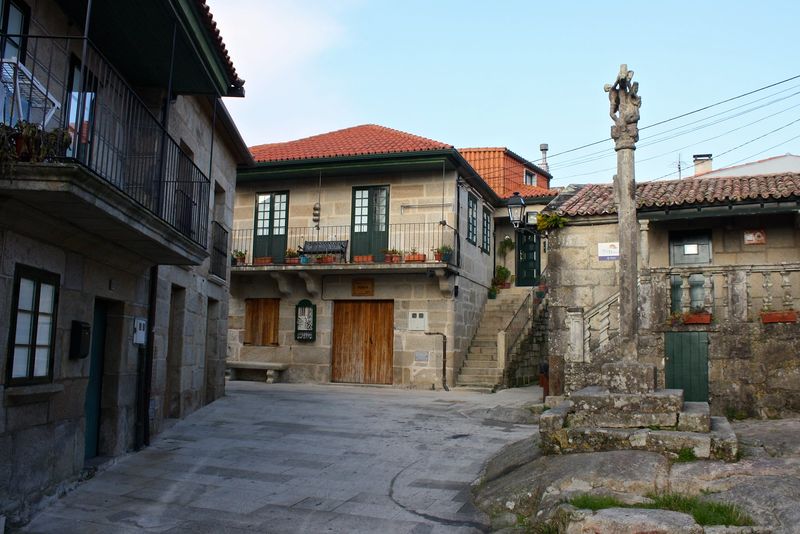
Combarro stands as a living museum of Galician maritime architecture. The waterfront features dozens of traditional hórreos (stone granaries on stilts) standing right at the water’s edge, creating a unique silhouette against the Ría de Pontevedra.
Granite houses with sea-facing balconies crowd narrow streets that have changed little in centuries. Fishermen mend nets beside boats that still bring in daily catches, maintaining traditions that define this community.
The town sits within the Rías Baixas region, famous for albariño wines and exceptional seafood. Despite its extraordinary preservation and undeniable charm, Combarro remains primarily a working village rather than a tourist attraction, especially outside summer months when visitors can experience its authentic rhythm of life.
13. Muxía Wild Atlantic
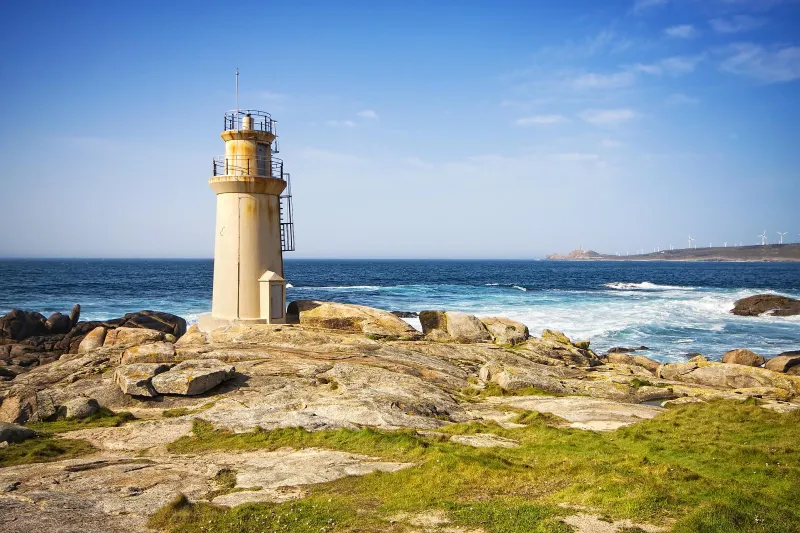
Raw, spiritual, and intensely beautiful, Muxía embodies the wild soul of Galicia’s Costa da Morte (Coast of Death). Ancient legends claim the Virgin Mary arrived here by stone boat to encourage St. James in his evangelizing mission.
The sanctuary of Nosa Señora da Barca stands on dramatic rocks where the Atlantic crashes with hypnotic force. Giant boulders scattered along the coastline were believed to have healing powers by pilgrims who continue to visit after completing the Camino de Santiago.
The fishing village itself maintains a quiet authenticity, with stone houses huddled against frequent Atlantic storms. Seafood restaurants serve barnacles and octopus harvested from these dangerous waters, while the ever-changing light creates a photographer’s paradise of sea, stone, and sky.
14. Llançà Clear Waters
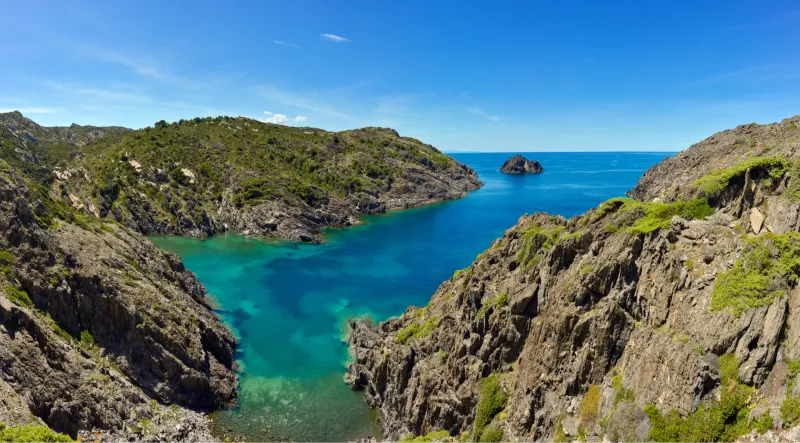
Nestled where the Pyrenees mountains meet the Mediterranean, Llançà offers some of Costa Brava’s clearest waters without the crowds of more famous destinations. The town splits between a traditional inland quarter and a newer beachfront area connected by a pleasant palm-lined promenade.
Small coves with perfectly transparent turquoise waters hide between rocky headlands, many accessible only by the coastal path or boat. The surrounding Natural Park of Cap de Creus creates a protected landscape of unusual rock formations shaped by wind and water over millennia.
French influence shows in the excellent cuisine that blends Catalan traditions with international touches. Vineyards producing the region’s distinctive wines cover nearby hillsides, adding another dimension to this multifaceted coastal gem.
15. Mojácar White Hills
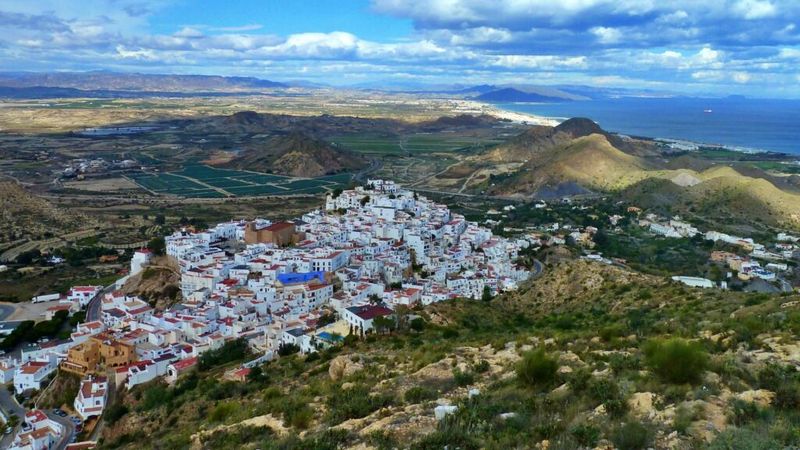
Gleaming like scattered sugar cubes against the arid hills of Almería, Mojácar Pueblo represents Andalusian village architecture at its most dramatic. The hilltop white town offers breathtaking views across the Mediterranean from labyrinthine streets designed to confuse invaders and provide shade from the intense southern sun.
Below, Mojácar Playa stretches along 17 kilometers of uncrowded beaches and crystal waters. Unlike many Spanish coastal areas, development here has been relatively restrained, with low-rise buildings rather than towering hotels.
Artists and writers discovered this magical spot in the 1960s, creating an international community that blends with Spanish traditions. This cultural mix gives Mojácar a uniquely cosmopolitan yet authentic atmosphere rare among Mediterranean destinations.
16. San Vicente de la Barquera
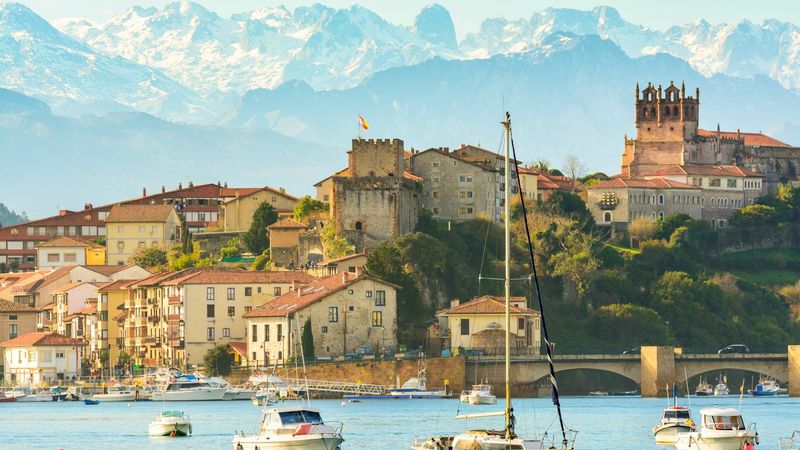
Few Spanish beach towns can match San Vicente de la Barquera’s dramatic setting. The medieval town sits on a hill overlooking a natural harbor where fishing boats dock beneath the imposing Gothic church and castle ruins.
Bridges connect the historic center to newer areas across an estuary teeming with bird life. Beyond stretch some of Cantabria’s finest beaches – vast sweeps of golden sand backed by green meadows with the jagged peaks of the Picos de Europa mountains creating an unforgettable backdrop.
Seafood restaurants serve the day’s catch with views across the water. The town marks the beginning of the Northern Camino de Santiago route, adding pilgrims to the mix of surfers, families, and nature lovers who discover this special place where mountains, rivers, and sea converge.
17. Tossa de Mar
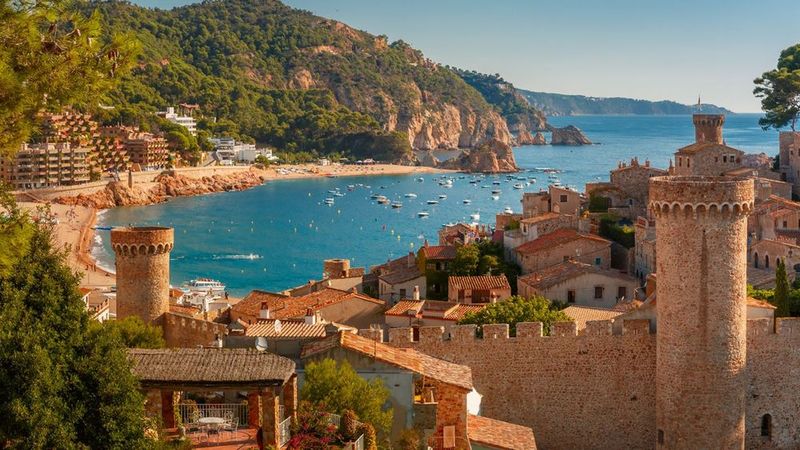
Tossa de Mar achieves what seems impossible – preserving medieval charm within one of Costa Brava’s most accessible beach destinations. The perfectly preserved walled old town known as Vila Vella sits on a headland overlooking a perfect crescent beach with exceptionally clear waters.
Walking the ancient ramparts offers spectacular views of the Mediterranean and surrounding pine-covered hills. Inside the walls, cobblestone streets lead to hidden squares where bougainvillea cascades over stone buildings housing excellent restaurants and artisan shops.
Artists including Marc Chagall fell under Tossa’s spell, calling it “blue paradise.” Despite its popularity, the town maintains an authentic Catalan character, especially in the evening when day-trippers leave and locals reclaim their beautiful home by the sea.
